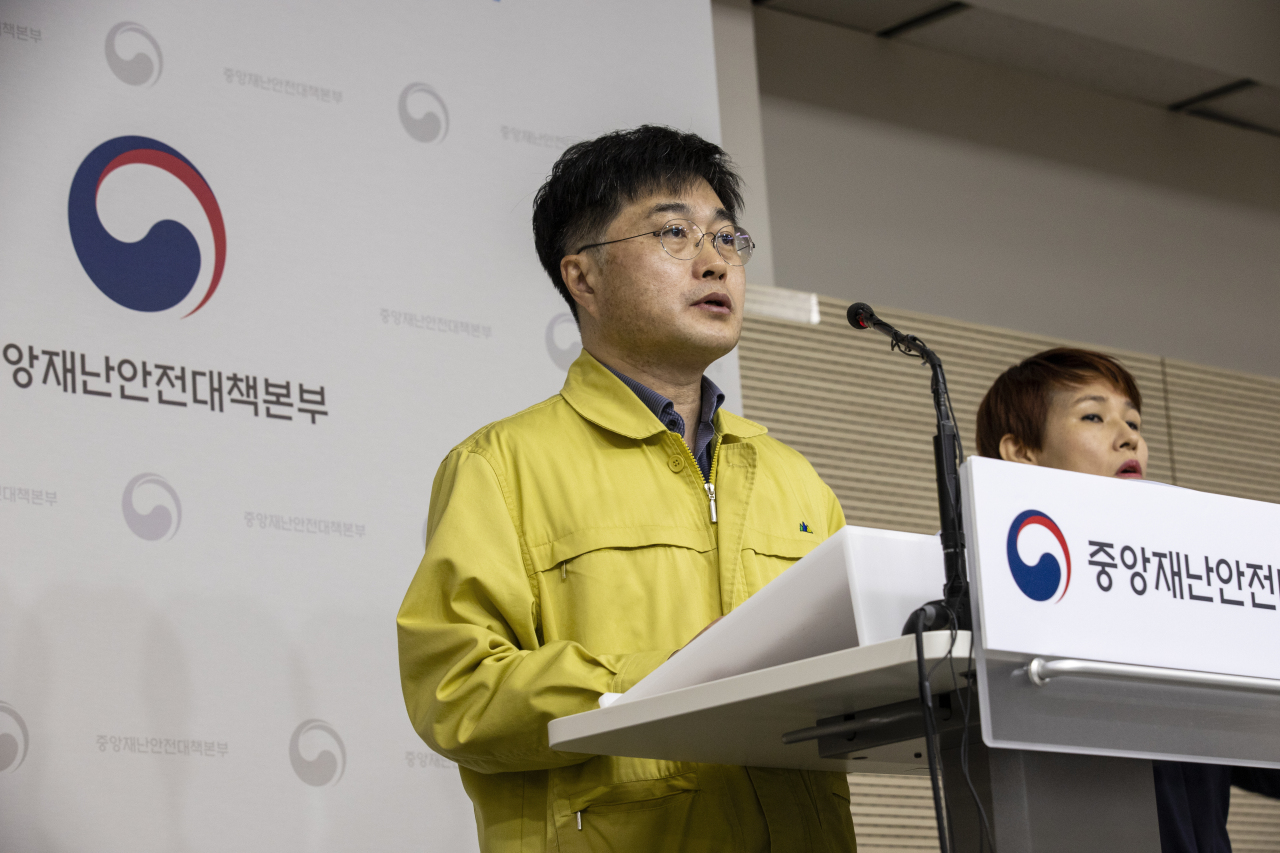S. Korea ponders ways to make physical distancing more bearable
By Kim ArinPublished : Sept. 14, 2020 - 15:45

After trying out intense social distancing measures for two weeks through Sunday, Korea eased up on the restrictions in a bid to boost the economy. In a regular coronavirus briefing Monday, the government said as the pandemic was set to last longer, coming up with ways to make physical distancing “more bearable” was key.
“The government is working on new protocols that can minimize the socioeconomic damages while stemming the disease’s spread at the same time,” said Yoon Tae-ho, a senior health official, adding that the economic sacrifices were too great to continue practicing strict physical distancing. “The goal is to make physical distancing more sustainable.”
Koreans can ease up on social distancing for two weeks from Monday until just before the Chuseok holiday that begins Sept. 30, health officials announced the previous day. Minister of Health and Welfare Park Neung-hoo explained Sunday the decision to switch to less restrictive measures was made to “save small businesses.”
Under the relaxed guidance, dining in is allowed at franchise coffee outlets and restaurants can serve customers past 9 p.m. Businesses considered high-risk, such as computer gaming rooms and gyms, can resume operations.
Wearing face masks is still mandatory for enclosed places and maintaining a 1 to 1.5-meter distance between persons is highly urged.
The relaxation in measures comes after two weeks of strict distancing that restricted outdoor dining and barred certain businesses from opening altogether.
But when Chuseok comes around, Korea will likely restore intensive interventions to curb the spread over the big national holiday spanning five days this year from Sept. 30 to Oct. 4.
“Previous holidays in the pandemic have invariably led to new flare-ups in infections,” said infectious disease pundit Dr. Choi Won-suk of Korea University Medical Center in Ansan, Gyeonggi Province.
Korea confirmed 109 more COVID-19 cases -- 98 locally transmitted and 11 imported -- in the 24-hour period ending Sunday at midnight. The cumulative number of official cases is now 22,285.
The number of people in Korea who have died from COVID-19 increased by five to 363, with the overall death rate recording 1.63 percent. The infection is much deadlier for older adults, killing nearly 1 in 5 patients aged 80 or above.
There are 3,433 patients currently in isolation for treatment at either hospitals or non-hospital facilities, depending on their severity of symptoms. Some 157 of them are severely ill and receiving intensive care.
The number of recoveries reached 18,489, up 263 from the day prior. Since late June, the qualifications for COVID-19 recovery here have been adjusted to allow patients who do not develop symptoms for 10 consecutive days since diagnosis to be released from isolation. The bar for discharging patients has been lowered to free up treatment beds.
Sunday data showed 484 out of 531 critical care beds in the country were occupied, leaving only 47 available. Over 40 percent, or 1,676 out of the 4,138 coronavirus beds, are filled.
As of the Monday noon tally, Korea has carried out a total of 2,151,002 tests since Jan. 3. This translates to 41,948 tests performed per 1 million people. The rates of positivity in testing stand at around 1 percent.
By Kim Arin (arin@heraldcorp.com)









![[Kim Seong-kon] Democracy and the future of South Korea](http://res.heraldm.com/phpwas/restmb_idxmake.php?idx=644&simg=/content/image/2024/04/16/20240416050802_0.jpg&u=)








![[KH Explains] Hyundai's full hybrid edge to pay off amid slow transition to pure EVs](http://res.heraldm.com/phpwas/restmb_idxmake.php?idx=652&simg=/content/image/2024/04/18/20240418050645_0.jpg&u=20240418181020)

![[Today’s K-pop] Zico drops snippet of collaboration with Jennie](http://res.heraldm.com/phpwas/restmb_idxmake.php?idx=642&simg=/content/image/2024/04/18/20240418050702_0.jpg&u=)